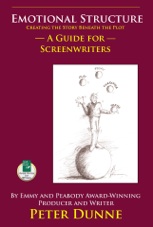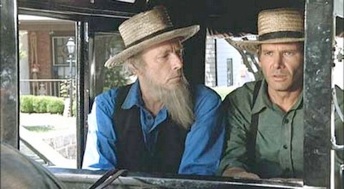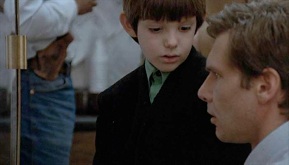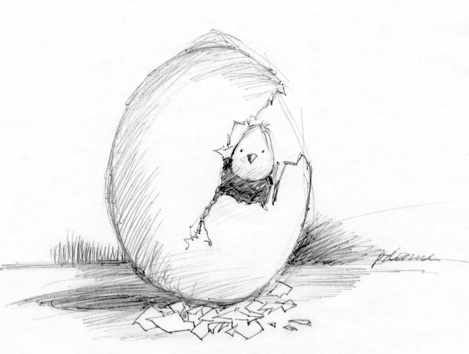emotional structure


emotional structure




We are all familiar with books and films whose plots fall nicely into place like pieces of a puzzle... plots that are logical in every way... yet somehow the work remains unmoving. Why does this happen? The explanation is simple.

Though almost every film or book’s plot has a beginning, middle, and end, it’s more important and often ignored story structure is that which lies beneath. So, clearly, understanding plot is not the same as understanding writing.
Hidden yet hard at work, the Emotional Structure is the story’s internal landscape; its secret architecture that informs the plot with purpose, viscerally connects the internal and external themes, and directly manipulates the tensions and rhythms of the drama’s central ideas.
Without Emotional Structure, the beginning, the middle, and the end will almost certainly become the beginning, the muddle, and the end. This is because the story’s emotional fluency rules the most misunderstood, most feared, and most vital element of every plot: that of your idea’s underlying meaning.
A GUIDE FOR WRITING FILM, FICTION, AND NON-FICTION
We must learn to write how a person is changing while he is doing the doing.
Emotional Structure was developed by Emmy and Peabody Award-winning producer and writer Peter Dunne specifically for the times when your plot is perfect, yet an elemental, critically important something remains missing. By creating your story’s emotional structure, you will write with more depth, more clarity, and more power.
Is published by Quill Driver Books and can be found at all major book stores, and online at AMAZON, and BARNES & NOBLE among others, or can be ordered directly from the publisher at QuillDriverBooks.com.



Witness, Written by William Kelley and Pamela Wallace.
Creating the Story Beneath the Plot
It’s always an inside job.
It is never enough to write about what a person is doing.
Check us out on facebook

Every hero is afraid to come out of his shell.
EMOTIONAL STRUCTURE
It’s your job to make him.
FROM HOMER TO HITCHCOCK,
FROM SHAKESPEARE TO SONDHEIM,
THE WRITER’S PROBLEM HAS ALWAYS
BEEN THE SAME...